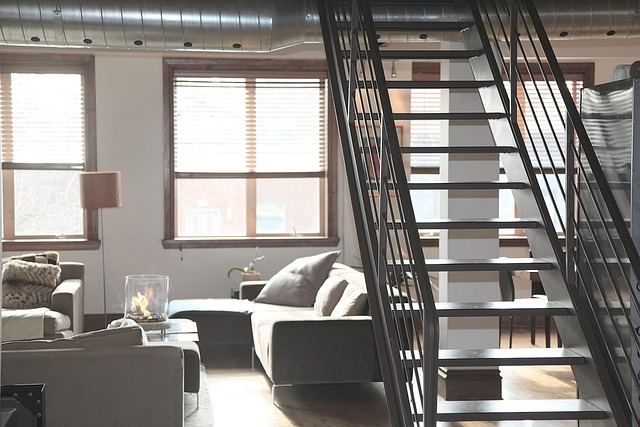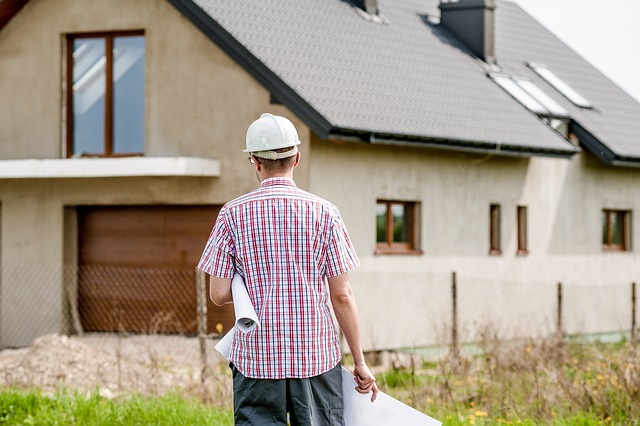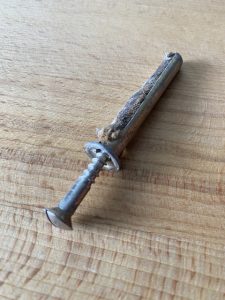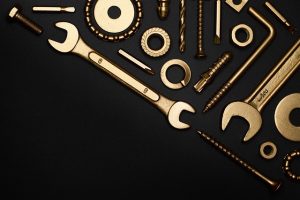Repairing DIY Disasters: A Handyman’s Guide to Home Fixes
Homeowners attempting DIY repairs should be wary of common mistakes that can lead to more significan…….

Homeowners attempting DIY repairs should be wary of common mistakes that can lead to more significant problems, such as improper tool usage, subpar material choices, or underestimating the scope of a project. These errors can cause complications ranging from minor inconveniences to major safety hazards like fires or electric shocks, and even mold infestations due to ignored water damage. To avoid such issues, it's crucial to conduct thorough research and planning before starting any repair work. Utilizing the right tools, materials, and possibly seeking professional advice for complex tasks are key steps in ensuring the safety, functionality, and value of your home through proper Home Repair and Maintenance. When DIY repairs go wrong, hiring skilled professionals can resolve issues effectively, with specialized knowledge in plumbing, electrical work, and structural repairs, ensuring adherence to building codes and safety standards, and offering peace of mind with their warranties. Recognizing the limitations of one's capabilities and knowing when to call in a licensed expert is essential for successful home maintenance, ensuring that all repairs are carried out correctly and efficiently.
Embarking on home repair and maintenance projects can empower homeowners, yet sometimes, even the best-laid DIY plans can lead to mishaps. This article navigates through common pitfalls encountered during do-it-yourself endeavors and offers practical handyman solutions to set things right. From loose tiles to leaky faucets, expert advice is provided to address these issues effectively. Additionally, discerning when professional intervention is necessary is crucial for maintaining the integrity of your home. Dive into the nuances of DIY home repair and master the art of fixing what goes awry with our comprehensive guide.
- Identifying Common DIY Mishaps in Home Repair and Maintenance
- Expert Handyman Tips for Rectifying DIY Gone Wrong
- When to Call a Professional: Knowing the Limits of DIY Home Repair
Identifying Common DIY Mishaps in Home Repair and Maintenance

When embarking on home repair and maintenance projects, even the most well-intentioned homeowners can encounter mishaps. Common DIY pitfalls include improper tool usage, selecting incorrect materials, or misjudging the scale of a project. Identifying these issues early is crucial for preventing further damage. For instance, attempting to fix electrical problems without proper knowledge can lead to hazardous situations, such as fires or shocks. Similarly, water damage from leaky pipes or clogged drains, if not addressed promptly, can result in mold growth and structural issues.
Another frequent DIY failure is the underestimation of paint coverage or the application of a wrong type of paint for the surface, leading to peeling or poor adhesion. Inadequate preparation before painting, such as failing to remove old layers properly or not applying primer, can also mar the finish and longevity of the job. To avoid these and other common DIY mishaps, it’s important to research and plan thoroughly. This includes understanding the scope of the repair, gathering the right tools and materials, and possibly consulting with a professional for complex tasks. Proper home repair and maintenance not only ensures safety and functionality but also adds value to your property in the long run.
Expert Handyman Tips for Rectifying DIY Gone Wrong

When a do-it-yourself project takes an unexpected turn, resulting in a DIY failure, expert handyman solutions can be the key to rectifying the issue efficiently. Home repair and maintenance often hinge on attention to detail and understanding the mechanics behind common repairs. For instance, if you’ve encountered issues with leaky faucets or clogged drains during your home improvement endeavors, a skilled handyman will approach the problem by first identifying the root cause. This could involve inspecting the plumbing infrastructure for corrosion or blockages that are not immediately visible. Once the issue is pinpointed, they’ll employ the appropriate tools and techniques to execute a lasting repair, ensuring that your home’s plumbing system functions as intended.
Similarly, electrical problems, such as faulty wiring or light switches that no longer work, require a meticulous hand. A professional handyman will adhere to safety protocols while diagnosing and fixing the problem, restoring power supply and preventing potential hazards. They’ll also ensure that all work complies with local building codes and regulations, which is crucial for maintaining the integrity and safety of your home. In addition, when tackling more complex tasks like structural repairs or foundation issues, a handyman with expertise in home repair and maintenance will assess the situation thoroughly before executing a solution that addresses both the immediate concern and any underlying factors that could lead to future complications. This proactive approach ensures that your DIY mishaps are not just patched up but are truly resolved, preventing further problems down the line.
When to Call a Professional: Knowing the Limits of DIY Home Repair

When a homeowner encounters a repair issue, it’s often the first instinct to tackle the problem themselves, especially with the wealth of DIY resources available today. However, recognizing the boundaries of one’s competence is crucial in home repair and maintenance to prevent further damage or personal injury. Minor tasks like unclogging a sink, patching drywall, or replacing kitchen cabinet hardware are perfect for a DIY approach. These projects typically require basic tools and skills that most homeowners can manage with a bit of guidance from online tutorials or how-to books. However, when dealing with more complex issues such as electrical work, significant structural repairs, or major plumbing problems, it’s best to call in a professional. These tasks not only involve specialized knowledge but also often require permits and adherence to building codes. Attempting such repairs without proper expertise can lead to code violations, safety hazards, and potentially costly mistakes. Professionals are trained to assess the scope of work accurately, ensure that repairs are executed safely and efficiently, and provide warranties for their services. Knowing when to step back and call a licensed contractor is as important as knowing which tasks can be handled with a hammer and some elbow grease. Home repair and maintenance are integral parts of homeownership; however, the scale and complexity of a project should always guide whether it’s a DIY endeavor or a job for the experts.
Navigating home repair and maintenance often leads to some DIY missteps, but with the right knowledge and approach, these issues can be effectively addressed. This article has highlighted common pitfalls in DIY projects around the house and provided expert handyman tips for correcting such errors. While tackling home repairs independently can be rewarding, recognizing your limits and knowing when to call a professional is crucial for ensuring safety and optimal results. By understanding both the practical aspects of home repair and maintenance and the boundaries of DIY, homeowners can maintain a well-functioning and comfortable living space.







